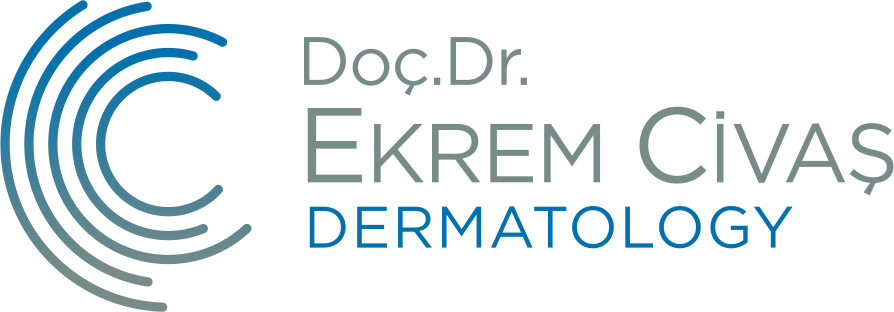Fat Vaccine with Fat Stem Cells
Adipose Tissue is a multipotent stem cell. Adipose stem cell therapy; adipose tissue containing multiple regenerative cells, is widely preferred in clinical applications in recent years. Fat stem cells contain more stem cells than bone marrow and are easier to isolate than bone marrow.
The ASCs obtained from the stem cell therapy obtained from adipose tissue are involved in differentiation, regeneration and immune regulation systems in multiple cell types.
Oil Vaccine
Volumetric Skin Rejuvenation
It can also be named as fat vaccine, fat filling and fat stem cell.
Describes the subcutaneous injection of the adipose tissue taken from the patient. When the application is taken from the patient’s own tissue, it can also be called autologous fat stem cell transplantation. This technique can be used for facial skin rejuvenation and facial fat filling. As a result of the application, the percentage renewal and the volume increase occur at the same time.
Fat stem cell vaccine is also called volumetric facial rejuvenation. Facial skin shaping and skin renewal are provided at the same time.
What are the Advantages of Autologous Fat Stem Cell Vaccines?
Autologous adipose tissue obtained from the person is advantageous in many aspects. Allergy risk is almost nonexistent, biocompatible, natural result is easier to achieve. Semi-permanent or permanent results are among the advantages of the application.
How Does the Aging Process Occur?
The most important change in our face with age is a downward sagging of the skin and soft tissue with the effect of gravity. Folds deepen (nasolabial area) shadows begin to form. Facial volume decreases due to thinning of the skin, loss of subcutaneous fat tissue and bone structure.
The lost face volume can be replaced with fillers. Hyaluronic acid and Calcium crystals are synthetic fillings and are widely used. Fat fillings, on the other hand, can be obtained from the patient’s own fat and used to increase it.
In vaccinations with autologous fat stem cells, the face is given volume on the one hand, while on the other hand, the stem cells create a refreshing effect on the skin by improving the tone and texture.
How is Fat Stem Cell Therapy Performed?
The process consists of 3 stages; oil extraction-collection, oil preparation and oil transfer
Collection of adipose stem cells: The belly circumference, inner thighs and buttocks are the most frequently used areas for obtaining adipose tissue. The area where fat stem cells will be taken is anesthetized with tumescent anesthesia. For local numbness, 15 minutes is usually sufficient. Fat cells are collected with specially prepared vacuum and locked injectors.
Preparation of the oil: After the fat stem cells are collected, the blood is mixed with adipocytes and anesthetic substances in the tumescent fluid. These must be cleaned and refined from the fat stem cells to be injected before vaccination. Otherwise, it affects the result of the procedure by creating results such as inflammation and necrosis in fat stem cells. The oil refining process is done in 3 different methods. Pure fat cells in the top layer should be injected.
Fat transfer or grafting: The injection of fat tissue to the area to be shaped should be done in accordance with the 3-dimensional anatomy of the face.
Where is the fat stem cell vaccine used:
- Fat filler for mid-face contouring
- Fat filling for lip volume
- Hand rejuvenation
- Facial rejuvenation
- Hair loss treatment
What are the Complications Related to Fat Stem Cell Vaccine Application?
Complication rate is very low in applications performed carefully and with experience. The procedure should be performed under sterile conditions and by specialist physicians. However, the following complication can be counted for fat stem cell transfers.
- Bruising and necrosis are the most common complications
- Over correction
- Insufficient correction
- Infection
- Blindness due to occlusion of the ophthalmic artery
- Blisters
- Fat embolism
In Which Cases Is Fat Stem Cell Vaccination Inconvenient?
- A story of predisposition to keloid formation
- Coagulopathy history
- Lipid metabolic disorders
- Presence of severe chronic disease
- Deep vein thrombosis history
- A history of pulmonary embolism

